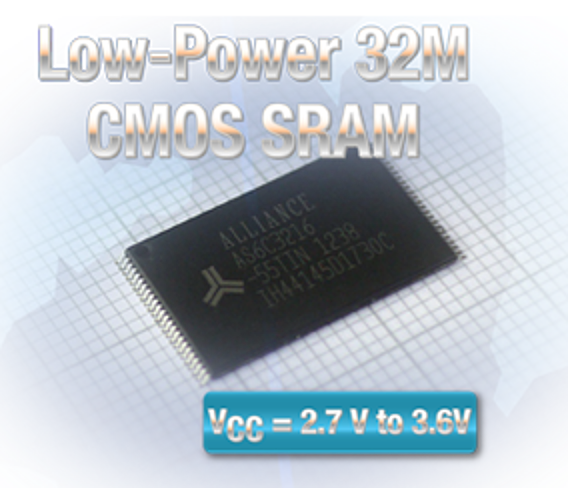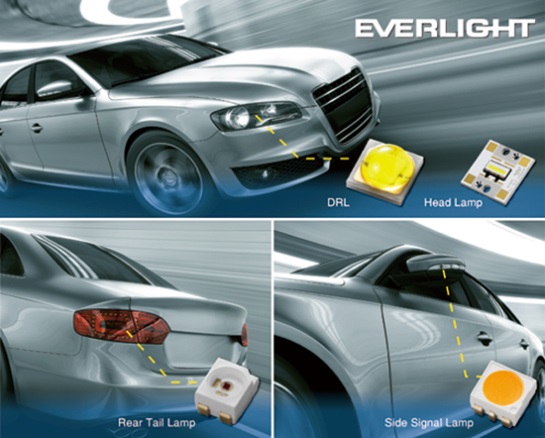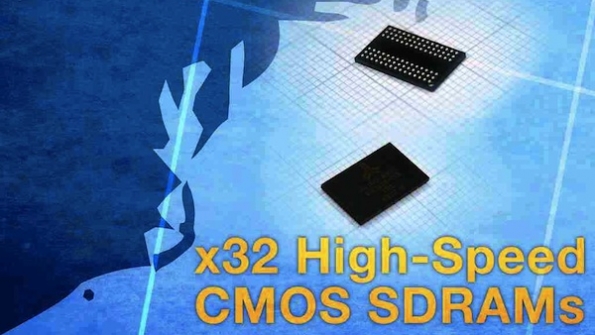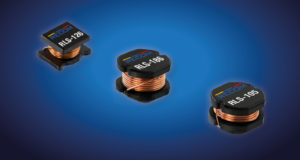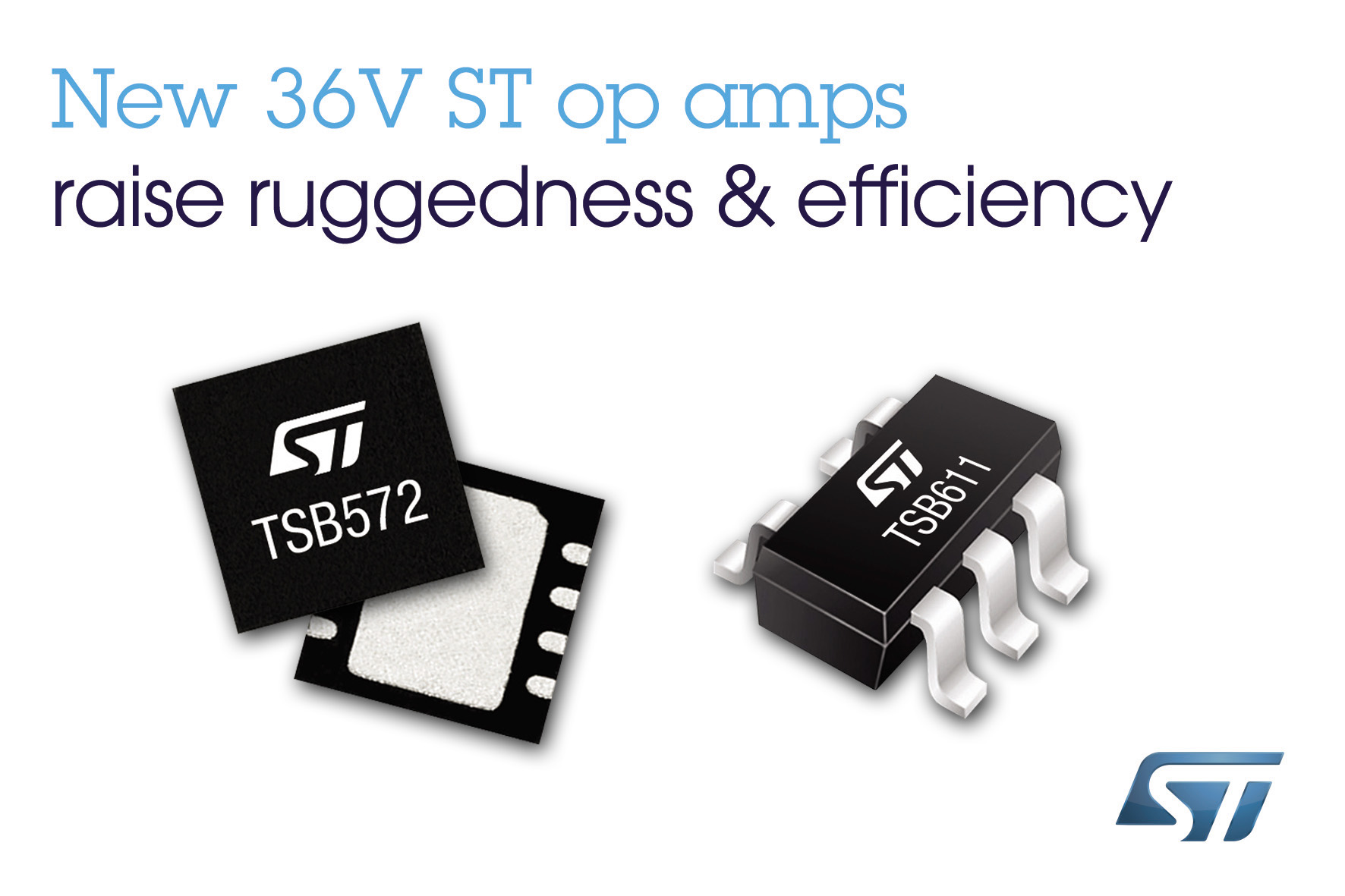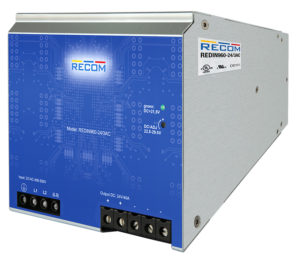Comparators
A comparator, by definition is “a circuit that compares the two analog input signals and decodes the difference into a single digital output signal”
A comparator compares two voltage signals and determines which one is greater. The result of this comparison is indicated by the output voltage. If the output of the comparator is saturated in the positive direction, then the non-inverting input (+) is a greater, or more positive voltage. If the comparator’s output voltage is near the negative supply voltage, then the inverting input (-), usually the reference or threshold voltage, is a greater voltage.
The settling time is the time the comparator takes to settle, after it is turned on, when the valid inputs are available at the input.
The propogation delay parameter is defined as the time delay between switching the input and the corresponding change in the output. These are measured at the 50% point of each input and corresponding output.
For low frequency applications most comparators are much faster than the analog input signals. The timing aspects are less important here than the accuracy of the input switching levels.
For higher frequencies applications the more important is the timing parameters of the comparator.
In this case the response of the comparator can make a noticeable change in such parameters as time frame or duty cycle.
Applications for Comparators:
- Oscillators
- Crystal Controlled Oscillator
- Pulse Generator with Variable Duty Cycle
- Crystal Controlled Oscillator
- Multivibrator
- Bistable Multivibrator
- Window Detector
- Positive Peak Detector
- Negative Peak Detector
- Zero Crossing Detector

